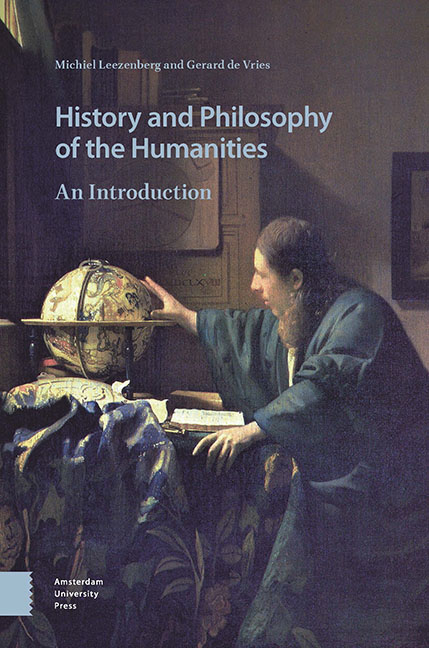2 - The Birth of the Modern Natural Sciences
Summary
The Scientific Revolution
The image of science that still holds sway in public debate is based on the classical natural sciences that arose in the seventeenth century during the so-called *scientific revolution. One is likely to encounter this image while reading about scientific research in newspapers or in high-school physics textbooks. Views that became influential later on, such as those of Popper or the Vienna Circle (see chapter 3), have only partly replaced it.
According to the classical image, scientific insights are formulated as *theories and are based on experience or facts. Such theories contain laws that specify relations between measurable quantities (in other words: *empirical regularities). Moreover, they have a *universal character: they state that the relations formulated apply to all cases within a specific domain of phenomena. A good example of this is Boyle's law, which is part of the theory of gases and can be found in any physics textbook. It states that for all gases (at a constant temperature), the pressure (p) and volume (V) of a given amount of gas are inversely proportional: p ・ V = constant.
According to the classical view of science, scientific theories are justified because – within the boundaries of precision one may expect – they agree with the facts. These facts have become known to us through systematic observations or *experiments. Such agreement is often specified in a chart or graph in which the values one expects on the basis of a theory are compared with one's findings. Whoever holds a well-founded theory can subsequently use this theory to deduce *predictions about new facts. For example, we can deduce from Boyle's law that when the volume of a given amount of gas decreases, its pressure will increase. When such predictions prove correct, the theory receives a new *confirmation. Especially when a theory expresses such relations in mathematical form, it is easy to formulate predictions. Hence, the classical view of science emphasizes the coupling of mathematical methods with experimental techniques or systematic observations. The insight that science should be pursued in this manner is attributed to the great seventeenth-century natural scientists such as Galileo Galilei (1564-1642), Isaac Newton (1642-1727), and Robert Boyle (1627-1691).
- Type
- Chapter
- Information
- History and Philosophy of the HumanitiesAn Introduction, pp. 39 - 70Publisher: Amsterdam University PressPrint publication year: 2019



